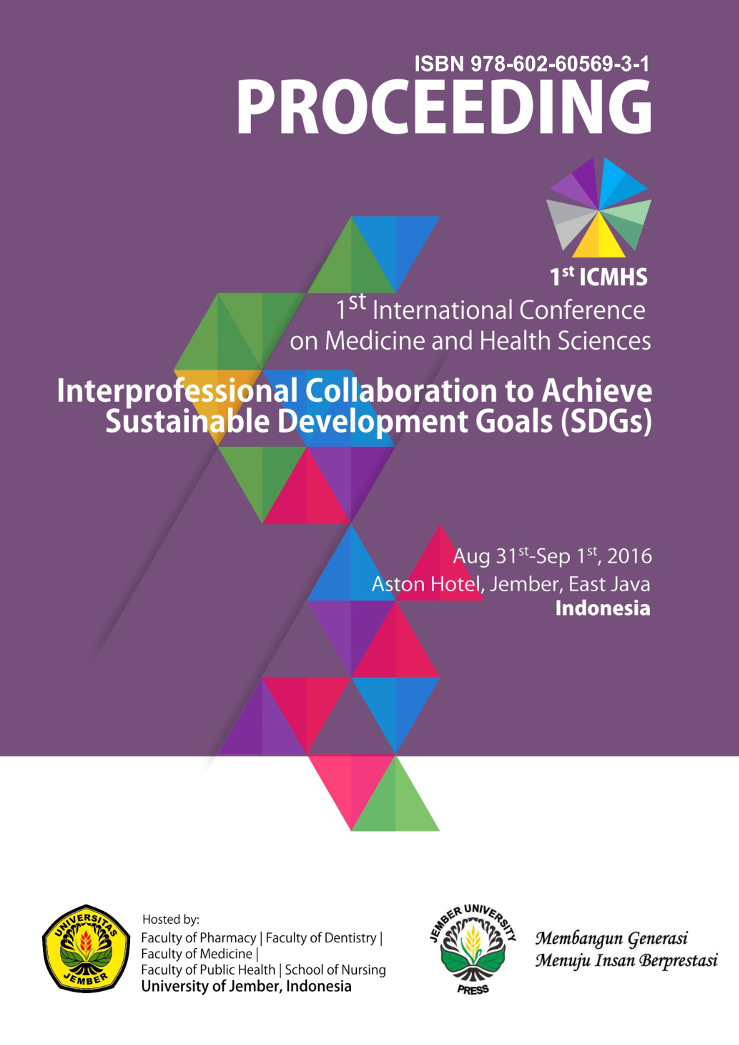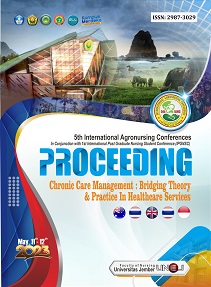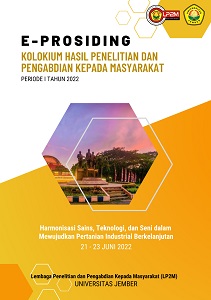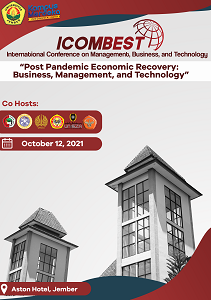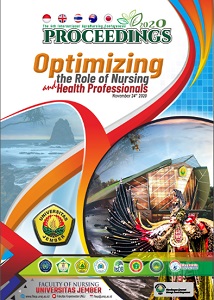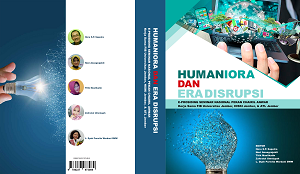B-CELL EPITOPE PREDICTION of Mycobacterium tuberculosis Ag85A ANTIGEN
Abstract
Tuberculosis (TB) infection is one of the majorpublic health problems in developing country
including Indonesia. The endemic of TB infection
caused by Mycobacterium tuberculosis became
worse because of the multidrug-resistant TB (MDRTB).
M. tuberculosis had special feature which is
its cell wall or envelope that consists of complex
lipids, lipoglycans and peptidoglycans (Forrelad,
2013). The cell wall consisted of two layers, the
inner and the outer. The inner consisted of
peptidoglycan sacculus veiled by
mycolylarabinogalactan polysaccharide layer. The
outer envelope consisted of trehalose 6,6′-
dimycolate (TDM; cord factor) which was
synthesized by fibronectin binding protein (fbp)/
antigen 85 (Ag85) complex (Elamin, 2011).
The Ag85 complex was a 30–32 kDa protein
consisting of three proteins (Ag85A, Ag85B, and
Ag85C). It had several functions, including
enzymatic mycolyl-transferase activity for coupling
of mycolic acids to cell wall arabinogalactan, cord
factor biogenesis (trehalose-dimycolate), and had
capacity to bind to fibronectin and elastin of the
extracellular matrix proteins (Huygen, 2014). This
protein were encoded by three paralogous genes
located in different regions of the bacterial
genome (D’Souza, 2003). The Ag85 complex was
the major secreted protein of M. tuberculosis cell
culture besides of its association with bacterial
surface. It had essential role in the pathogenesis of
tuberculosis. The ability of this protein to bind
fibronectin promoted M. tuberculosis adhesion to
the mucosal surface, thus facilitating the bacteria
to entry into the host cell. However, the main role
of it to the virulence of M. tuberculosis was the
ability to synthesis of cell wall lipids (Forrelad,
2013).
Ag85A (fbpA) was part of the antigen 85 complex.
It had several functions including as the
triacylglycerol synthase and might have the key
role in stability of cell wall and storage compounds
biosynthetic for the survival of M. tuberculosis
during the dormant state (Elamin, 2011). Belisle et
al. (1997) studied the role of Fpb proteins in the
virulence of mycobacteria using M. tuberculosis
H37Rv fbpA mutant and suggest that the Ag85A
(fbpA) would be essential in the virulence of M.
tuberculosis. The study by Elamin et al (2011) had
the same result that Ag85A might be the key player
for formation of lipid storage bodies and thus also
essential for the establishment and maintenance
of a persistent tuberculosis infection.
Ag85A and Ag85B are among the most promising
tuberculosis vaccine candidates because their
ability to induces T-cell response and production of
IFN-γ (Huygen, 2014). The T-cells epitopes of the
Ag85A have been identified. (Ivanyi, 2014). The Bcell
epitope of Ag85A have rarely investigated.
Thus, this study is aimed to predict the B-cell
epitope of Ag85A. The result of this study will be
useful for investigation of the immunogenicity and
antigenicity of Ag85A antigen.
Published
2017-01-27
How to Cite
DEWI, Ika Puspita.
B-CELL EPITOPE PREDICTION of Mycobacterium tuberculosis Ag85A ANTIGEN.
UNEJ e-Proceeding, [S.l.], p. 108-111, jan. 2017.
Available at: <https://jurnal.unej.ac.id/index.php/prosiding/article/view/3906>. Date accessed: 22 dec. 2024.
Section
General

